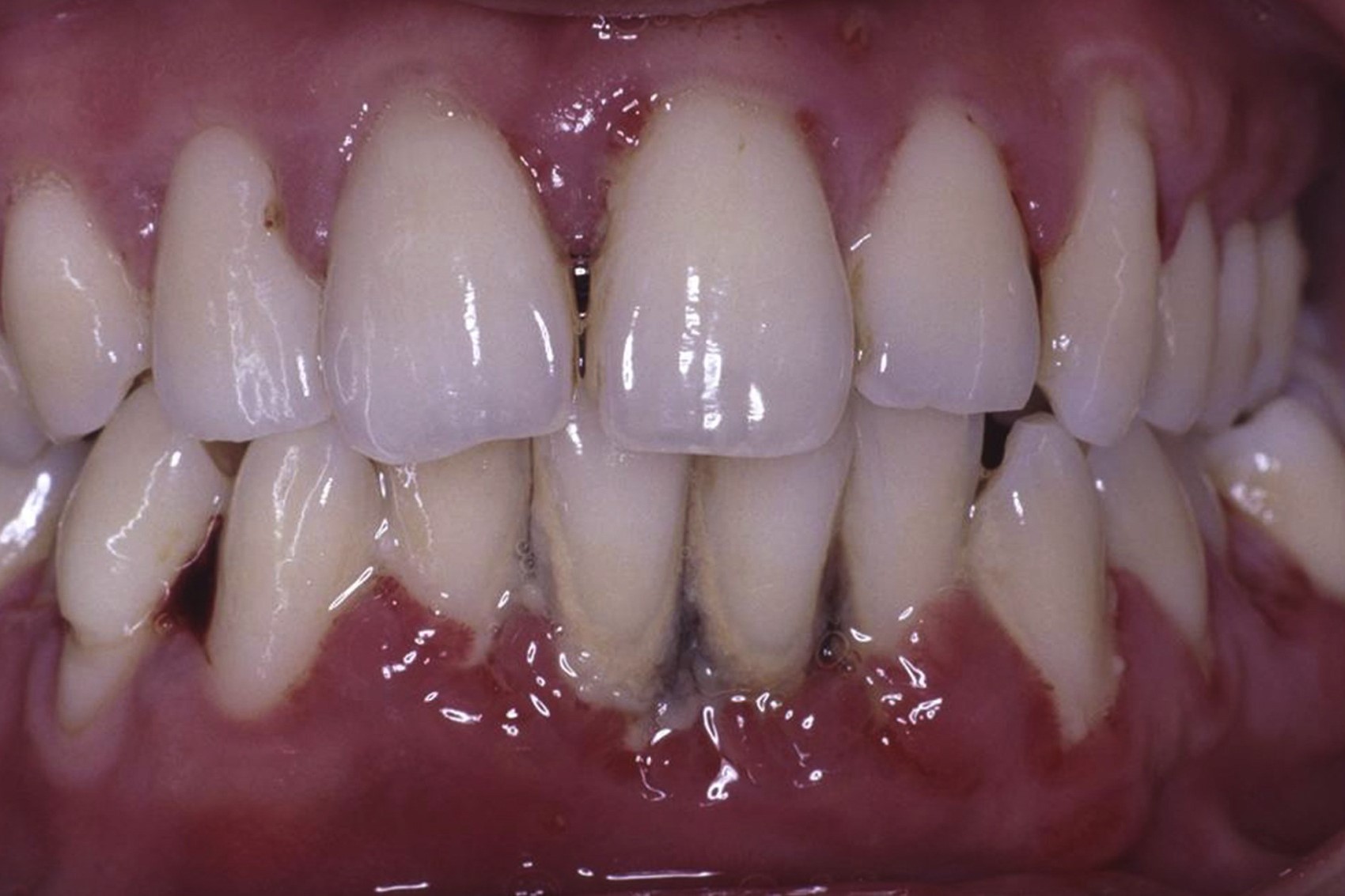
Gingival hirsutism might sound like a mouthful, but it's a condition worth understanding. Ever heard of hair growing on your gums? Yes, it’s a real thing! This rare condition can leave people puzzled and curious. Gingival hirsutism involves the unusual growth of hair on the gum tissue, often linked to hormonal imbalances or certain medications. Imagine brushing your teeth and finding hair instead of just plaque. Weird, right? But don’t worry, it’s not as scary as it sounds. This blog will dive into 35 intriguing facts about gingival hirsutism, shedding light on its causes, symptoms, and treatments. Get ready to learn something truly unique!
Key Takeaways:
- Gingival hirsutism is a super rare condition where hair grows on the gums, and it can be caused by genetic mutations, hormonal imbalances, or certain medications. Treatment options include laser hair removal and oral medications.
- Living with gingival hirsutism can be tough, affecting confidence and daily activities. However, support groups and counseling can help manage the emotional impact, and researchers are working on better treatment options.
What is Gingival Hirsutism?
Gingival hirsutism is a rare condition where hair grows on the gums. This unusual phenomenon can be surprising and even alarming. Let's dive into some fascinating facts about this condition.
- Gingival hirsutism is extremely rare, with only a few documented cases worldwide.
- The term "hirsutism" generally refers to excessive hair growth in areas where hair is usually minimal or absent.
- This condition can affect both men and women, although it is more commonly reported in males.
- Gingival hirsutism is often associated with other medical conditions, such as hypertrichosis, where excessive hair grows all over the body.
- The hair that grows on the gums is usually fine and short, similar to peach fuzz.
- In some cases, the hair can be longer and more noticeable, causing discomfort or embarrassment.
Causes of Gingival Hirsutism
Understanding the causes of gingival hirsutism can help in managing the condition. Here are some key factors that contribute to its development.
- Genetic mutations are one of the primary causes of gingival hirsutism.
- Hormonal imbalances, particularly an excess of androgens, can trigger hair growth on the gums.
- Certain medications, such as cyclosporine, have been linked to the development of gingival hirsutism.
- Chronic inflammation of the gums can sometimes lead to hair growth in the affected areas.
- Gingival hirsutism can also be a symptom of underlying systemic diseases, such as lupus or scleroderma.
Symptoms and Diagnosis
Recognizing the symptoms and getting a proper diagnosis is crucial for effective treatment. Here are some important points to consider.
- The most obvious symptom is the presence of hair on the gums.
- Some patients may experience gum irritation or discomfort due to the hair growth.
- Gingival hirsutism can be diagnosed through a physical examination by a dentist or a dermatologist.
- A biopsy of the gum tissue may be performed to rule out other conditions and confirm the diagnosis.
- Blood tests can help identify any underlying hormonal or systemic issues contributing to the condition.
Treatment Options
While gingival hirsutism is rare, there are several treatment options available to manage the condition. Here are some of the most effective methods.
- Laser hair removal is a popular option for reducing hair growth on the gums.
- Electrolysis can also be used to remove hair permanently by destroying the hair follicles.
- Topical creams containing eflornithine can help slow down hair growth.
- Oral medications, such as anti-androgens, may be prescribed to address hormonal imbalances.
- Good oral hygiene practices can help reduce gum inflammation and prevent further hair growth.
Impact on Daily Life
Living with gingival hirsutism can be challenging, but understanding its impact can help individuals cope better. Here are some ways it can affect daily life.
- The condition can cause self-consciousness and affect a person's confidence.
- Some individuals may avoid social situations due to embarrassment about their appearance.
- Eating and speaking can become uncomfortable if the hair growth is significant.
- Regular dental check-ups are essential to monitor the condition and prevent complications.
- Support groups and counseling can provide emotional support and help individuals manage the psychological impact.
Interesting Facts
Gingival hirsutism is a unique condition with some intriguing aspects. Here are a few more interesting facts.
- The first documented case of gingival hirsutism dates back to the early 20th century.
- Some researchers believe that the condition may have a genetic component, passed down through families.
- Gingival hirsutism is often mistaken for other conditions, such as oral fibromas or papillomas.
- The condition is more commonly reported in certain ethnic groups, suggesting a possible genetic predisposition.
- In some cases, the hair growth may spontaneously regress without any treatment.
- Gingival hirsutism can sometimes be accompanied by other oral anomalies, such as gingival hyperplasia.
- The condition is not contagious and cannot be spread from person to person.
- Researchers are still studying the exact mechanisms behind gingival hirsutism to develop better treatment options.
- Despite its rarity, gingival hirsutism has sparked interest in the medical community, leading to ongoing research and case studies.
Final Thoughts on Gingival Hirsutism
Gingival hirsutism, though rare, is a fascinating condition. It involves the unusual growth of hair on the gums. This can be due to genetic factors, hormonal imbalances, or certain medications. While it might sound alarming, it's usually not harmful. However, it can cause discomfort or self-consciousness for those affected. Treatments often include dental cleanings, medications, or even laser therapy to remove the unwanted hair. Understanding this condition helps in managing it better and reducing any associated stigma. If you or someone you know experiences this, consulting a healthcare professional is the best step. They can provide guidance tailored to individual needs. Remember, every medical condition, no matter how rare, deserves attention and care. Stay informed, stay healthy.
Frequently Asked Questions
Was this page helpful?
Our commitment to delivering trustworthy and engaging content is at the heart of what we do. Each fact on our site is contributed by real users like you, bringing a wealth of diverse insights and information. To ensure the highest standards of accuracy and reliability, our dedicated editors meticulously review each submission. This process guarantees that the facts we share are not only fascinating but also credible. Trust in our commitment to quality and authenticity as you explore and learn with us.


